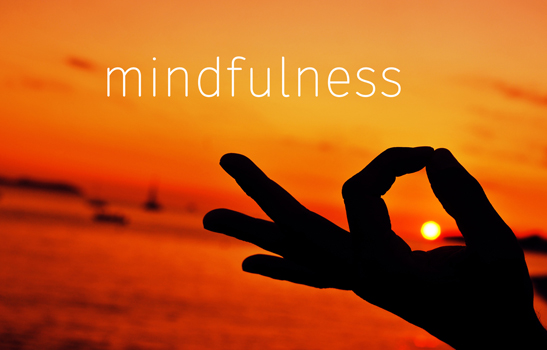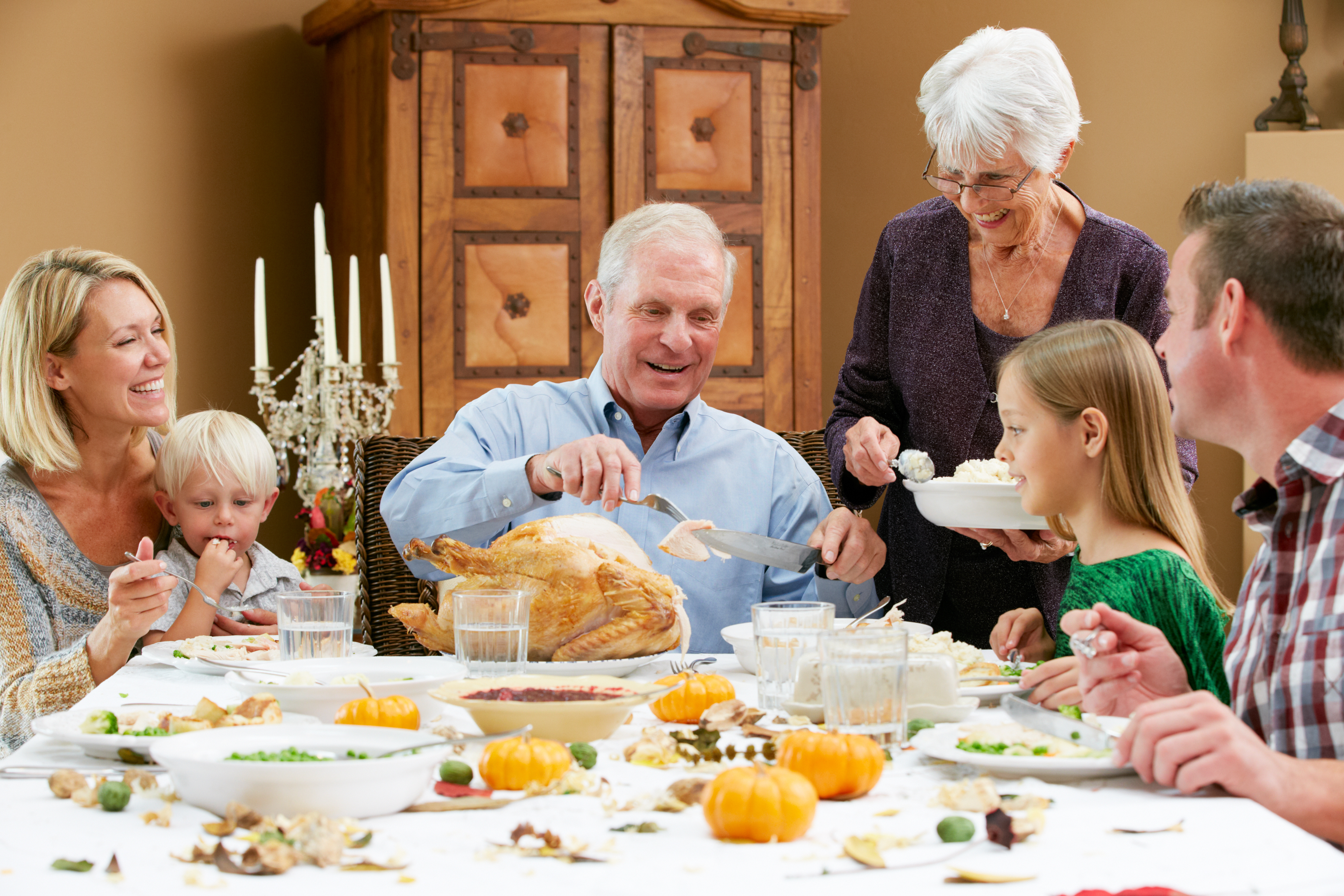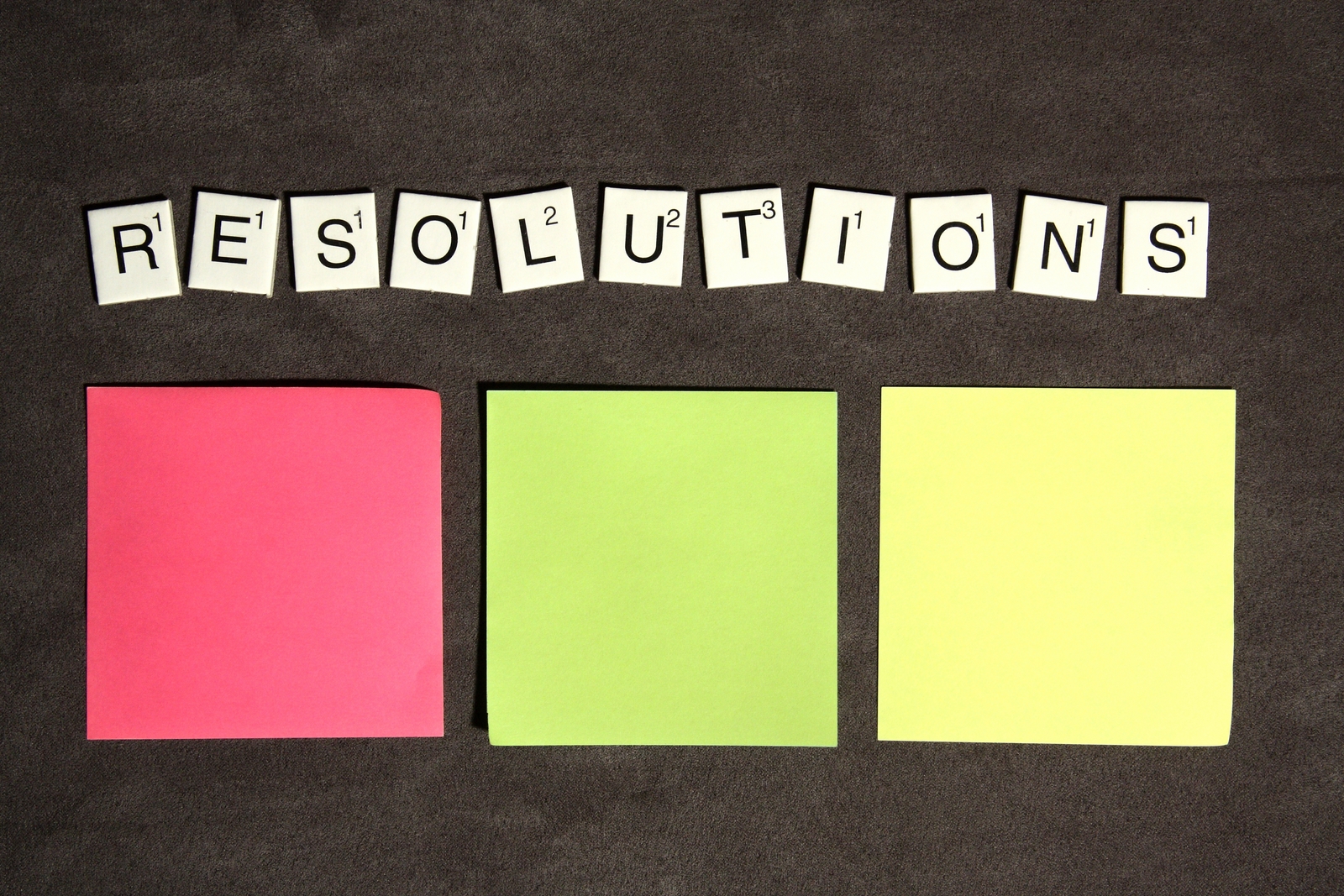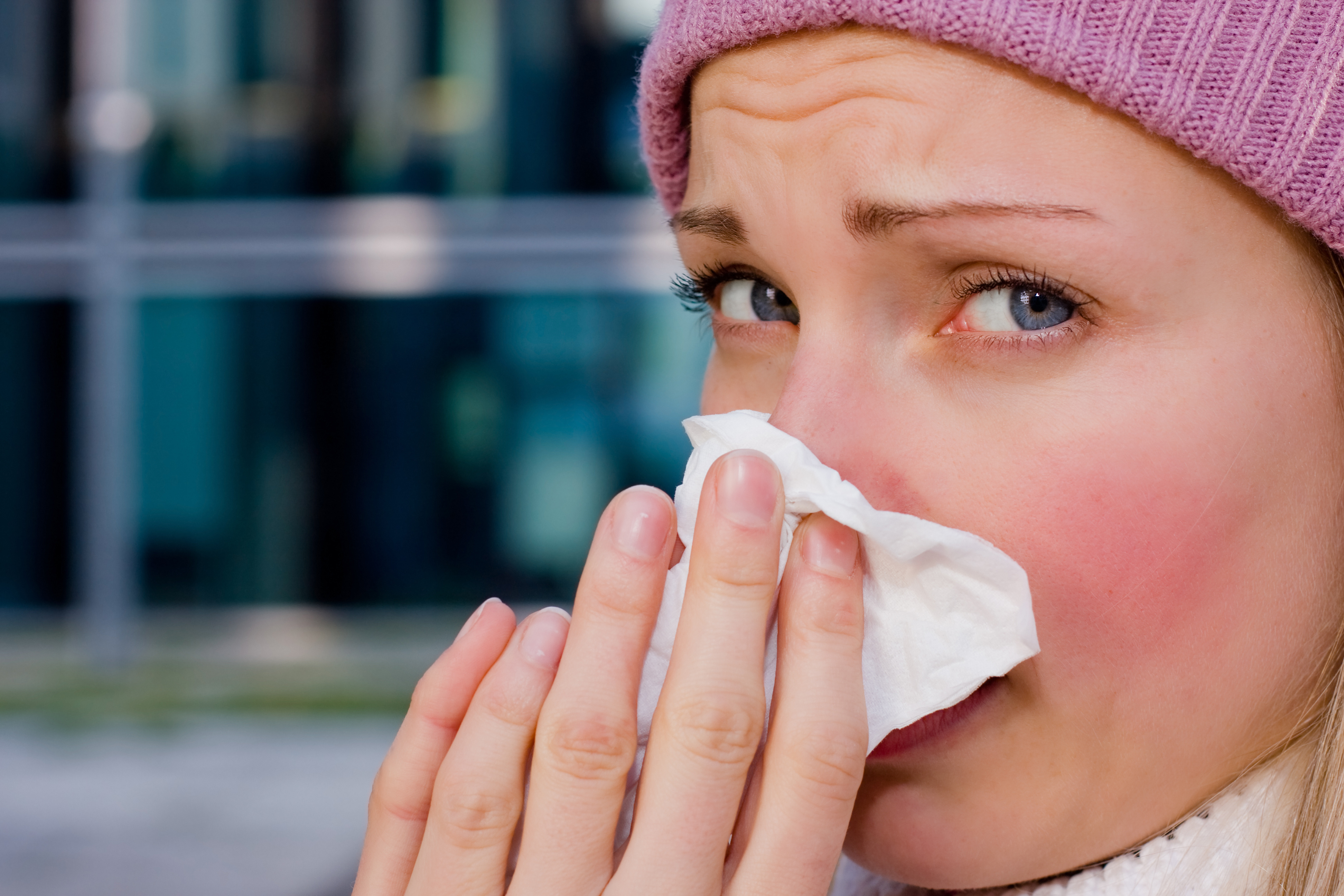MENU
Appetizers
Sweet-n-Salty Nuts
Melon and Prosciutto Skewers
Main Course
Spinach Artichoke Quinoa Stuffed Bell Peppers
Hasselback Sweet Potatoes
Dessert
Chocolate Avocado Mousse
SWEET-N-SPICY NUTS
Recipe by: Delish.com
Total time: 15 minutes
Yield: 6 servings
Ingredients
- 3 cups raw almonds
- 1/3 cup quinoa
- 2 tablespoons honey
- 1 egg white
- ¼ teaspoon cayenne pepper
- ¼ teaspoon ground ginger
- Salt
Cooking instructions
Preheat oven to 300°F and line a baking sheet with parchment paper. In a large bowl, mix together almonds, quinoa, honey, egg white, cayenne and ginger. Season generously with salt.
Pour mixture onto prepared baking sheet and bake until toasted, 12 to 15 minutes.
Nutrition facts
Amount per serving
Calories 334
Total fat 24.3g
Sodium 34mg
Total carbohydrate 22.2g
Dietary fiber 6.6g
Sugar 7.8g
Protein 12g
MELON & PROSCIUTTO SKEWERS
Recipe by: Delish.com
Total Time: 15 minutes
Yield: 12 servings
Ingredients
- 1 cantaloupe
- 12 fresh basil leaves
- 8 ounces mozzarella balls
- 12 slices prosciutto
- Balsamic glaze
Cooking instructions
Halve the cantaloupe, then scoop out and discard seeds. Using a melon baller, scoop out 24 balls.
Assemble skewers: Layer cantaloupe, basil, mozzarella, prosciutto and a second piece of cantaloupe to make one skewer.
Drizzle skewers with balsamic glaze and serve immediately.
Nutrition facts
Amount per serving
Calories 149
Total fat 6.2g
Sodium 806mg
Total carbohydrate 5.8g
Dietary fiber 0.4g
Sugar 4.2g
Protein 16.8g
SPINACH ARTICHOKE QUINOA STUFFED BELL PEPPERS
Recipe From: Wellplated.com
Total Time: 1 hour
Yield: 10 servings
Ingredients:
- 1 cup uncooked quinoa or rice, thoroughly rinsed and drained
- 2 cups reduced sodium vegetable stock
- 5 large red, yellow or orange bell peppers, halved, seeds and membranes removed
- 2 teaspoons extra virgin olive oil
- 20 ounces fresh spinach leaves
- 3 cloves minced garlic
- 1/2 teaspoon dried basil
- 1/2 teaspoon kosher salt
- 1/4 teaspoon ground black pepper
- 1 (14 ounce) can artichoke hearts, drained and chopped
- 2 tablespoons finely chopped fresh parsley
- 1 cup freshly grated part-skim Mozzarella, provolone or similar melty Italian cheese
- 1/2 cup non-fat plain Greek yogurt
Cooking instructions
Add quinoa and vegetable stock to a saucepan and bring to a boil over high heat. Once boiling, reduce heat, cover and simmer until the liquid is absorbed, about 12 minutes. Remove from the heat, fluff with a fork, cover and let sit for 15 additional minutes.
Preheat oven to 375°F and lightly grease a 9×13-inch baking dish. Arrange the peppers in the dish, cut sides up.
Heat the olive oil in a large, deep sauté pan over medium high heat. Add the spinach in small handfuls, stirring as it wilts down, until you have added all of the leaves.
To the skillet, add the garlic, basil, salt and pepper. Let cook for 30 seconds, then add the artichoke hearts and cook until warmed through. Remove from the heat. Stir in the quinoa, parsley, 2/3 cup of the cheese and the Greek yogurt.
Generously stuff the peppers with the quinoa filling. Lightly coat a sheet of foil large enough to cover the peppers with cooking spray, then cover the dish with foil, spray-side down. Bake for 30 minutes, covered, then remove foil, sprinkle the remaining 1/3 cup cheese over the top and continue baking 5 – 10 additional minutes, until peppers are cooked to desired tenderness and the cheese is melted. Serve warm.
Nutrition facts
Amount per serving
Calories 191
Total fat 6g
Sodium 618mg
Total carbohydrate 24.3g
Dietary fiber 5.4g
Sugar 5.4g
Protein 12.5g
HASSELBACK SWEET POTATOES
Recipe by: Foodnetwork.com
Total Time: 1 hour 10 minutes
Yield: 4 servings
Ingredients
- 4 medium sweet potatoes
- 1 tablespoon butter, melted
- 1 teaspoon olive oil
- 1 teaspoon fresh thyme leaves, chopped
- 1 garlic clove, minced
- Salt & pepper, to taste
- 1/3 cup nonfat Greek yogurt
- 1 green onion, chopped
Cooking instructions
Preheat oven to 425°F. Line a baking sheet with aluminum foil.
Make a series of 1/8-inch slices along each potato, slicing 2/3 of the way through.
Stir together the butter, oil, thyme, garlic, 1/4 teaspoon salt and 1/4 teaspoon pepper in a small bowl. Rub the mixture onto the potatoes, getting in between the slices.
Place potatoes on the baking sheet and roast until the centers of the potatoes are tender and the outsides are crisp, 50 minutes to one hour. Halfway through the roasting time, remove the potatoes from the oven and run a fork gently across the tops of the potatoes, using light pressure, to fan the slices and separate them from one another.
Meanwhile, stir the yogurt and scallions with a pinch salt and pepper. Serve the sauce with the potatoes.
Nutrition facts
Amount per serving
Calories 158
Total fat 4.1g
Sodium 104mg
Total carbohydrate 25.2g
Dietary fiber 4.2g
Sugar 8.6g
Protein 5.9g
Chocolate Avocado Mousse
Recipe by: Giada Di Laurentiis
Total Time: 3 hours 15 minutes
Yield: 6 servings
Ingredients
· ½ cup semisweet chocolate chips
· 4 very ripe avocados, peeled and pitted
· ½ cup agave
· ½ cup unsweetened cocoa powder
· 1 tablespoon pure vanilla extract
· ¼ teaspoon salt
· Optional: fresh raspberries, for garnish
Cooking instructions
Add the chocolate chips to a small bowl. Place the bowl over a small saucepan of barely simmering water. Stir until the chocolate is melted and smooth, about 3 minutes. Set aside to cool slightly.
Place the melted chocolate, avocados, agave, cocoa powder, vanilla and salt in a food processor. Blend until smooth and creamy, scraping the sides of the bowl as needed. Spoon into glasses and refrigerate for at least 3 hours (can be prepared 1 day in advance). Garnish with fresh raspberries and serve.
Nutrition facts
Amount per serving
Calories 314
Total fat 24.1g
Sodium 108mg
Total carbohydrate 27.5g
Dietary fiber 11.3g
Sugar 11.3 g
Protein 3.7g
About Susan Pittman
Susan Pittman, RD, LD, CDE, leads the Freeman Health System Diabetes Education team. Certified through the National Certification Board of Diabetes Educators, she provides nutritional counseling to patients with diabetes and those at-risk of developing the disease. For more information call 417.347.5700.





